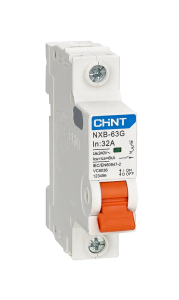CHINT Power Relays: Versatile Control Solutions for Diverse Applications
Power relays are essential components that enable the control and automation of various systems. CHINT‘s relay family encompasses multiple series with powerful functions, catering to applications in daily household appliances, industrial control circuits, and mechanical equipment. In this article, we will explore the key features and functionalities of CHINT’s power relays, highlighting their versatility and ability to meet diverse control circuit requirements.

Versatile Functionality for Control Circuits
CHINT’s power relays are designed to provide versatile functionality for control circuits. They are categorized based on their specific functions, including intermediate relays, protection relays, time relays, pulse/count relays, and more. Each type of relay serves a distinct purpose in control circuit applications, ensuring precise control and automation. CHINT’s relay family offers a comprehensive range of solutions to meet the specific needs of various industries and applications.
Meeting Diverse Application Requirements
CHINT recognizes the diverse requirements of control circuits across industries. Therefore, their relay family encompasses multiple series with powerful functions. These relays are designed to meet the application needs of daily household appliances, industrial control circuits, and mechanical equipment. Whether it’s controlling lighting systems in homes, managing complex industrial processes, or automating mechanical equipment, CHINT’s power relays provide reliable and efficient control solutions.
Conclusion
CHINT’s power relays provide businesses with versatile control solutions for a wide range of applications. With their ability to serve various functions in control circuits, CHINT’s relay family accommodates the needs of daily household appliances, industrial control circuits, and mechanical equipment. These relays offer reliable performance and durability, ensuring the efficient and uninterrupted operation of control systems.